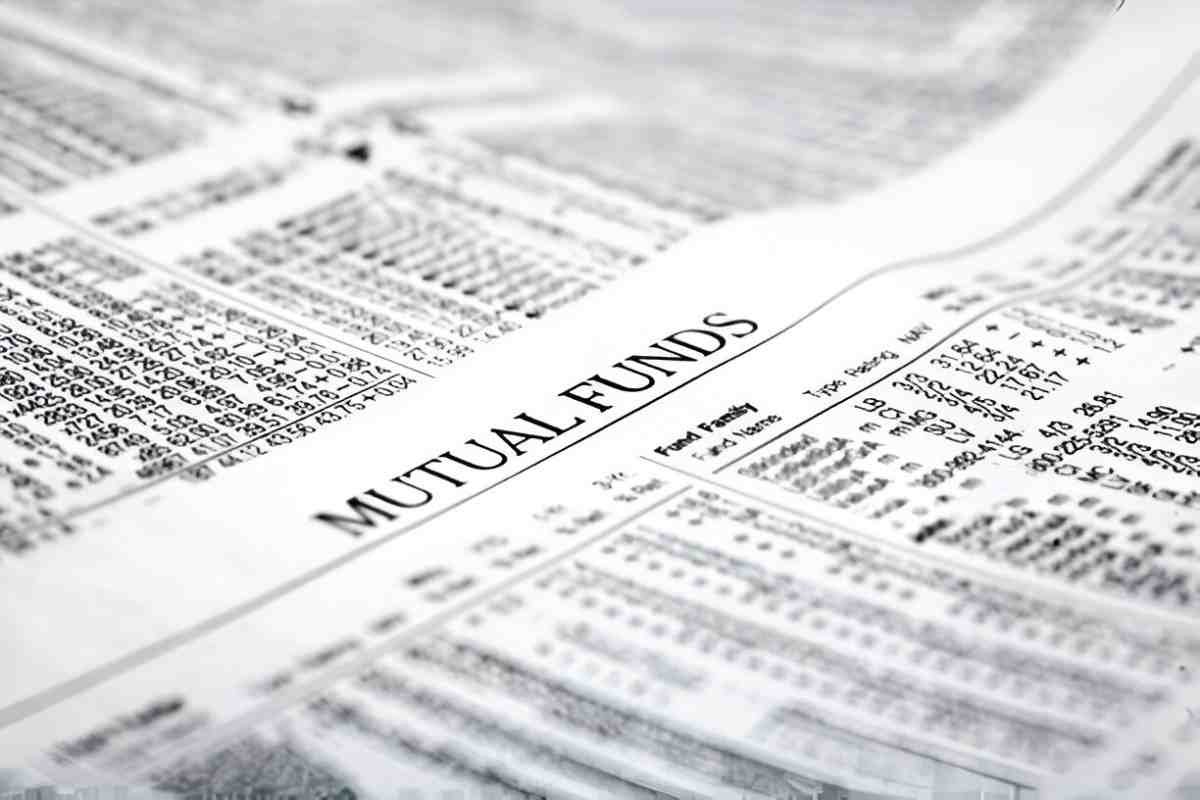If you’re like me, you’ve probably seen some fine print or references to something called a 15(c) report when reading about mutual funds. At first, I ignored it—figured it was just some regulatory detail that didn’t really affect me. But after digging deeper, I realized this report actually plays a major role in making sure mutual fund managers stay in check and don’t overcharge people like us.
So if you invest in mutual funds, here’s why it’s worth understanding what a 15(c) report is, what’s inside it, and how it protects your money behind the scenes.
Table of Contents
What Is a 15(c) Report?
The term 15(c) comes from Section 15(c) of the Investment Company Act of 1940, which is the core law that governs mutual funds in the U.S. This section says that the board of directors of a mutual fund has to evaluate and approve the fund’s advisory agreement at least once a year. That includes reviewing the fees the fund charges, how well it’s being managed, and whether it’s giving shareholders good value.
That whole evaluation process is documented in what we now call a 15(c) report.
Even though it’s not something you’ll usually read as a retail investor, this report is part of a legal obligation that ensures fund companies can’t just raise your fees or deliver poor performance without oversight.
Why Should You Care?
I care about this report for one reason—it’s one of the few real tools that keeps mutual fund advisors accountable. Without it, a fund company could charge high fees, deliver low returns, and no one would be forced to ask hard questions. But with 15(c) in place, the fund’s board has to justify why the advisor deserves your money year after year.
It’s especially important if you own actively managed mutual funds, where advisory fees are higher and performance can vary.
What’s in a 15(c) Report?
The actual report isn’t always published in full, but the fund’s annual shareholder report usually contains a summary of the 15(c) findings. Here’s what the board typically looks at when preparing it:
1. Performance Review
They compare how the fund has performed versus similar funds and benchmark indexes. If the fund’s underperforming, that raises red flags.
2. Fee Comparison
They evaluate whether the investment advisory fees (the percentage taken out to pay the manager) are reasonable compared to other funds in the same category. This includes:
- Gross expense ratio
- Net expense ratio
- 12b-1 fees
- Management fees
If a fund is charging more than average, the advisor has to justify it.
3. Profitability to the Advisor
The board reviews how much money the fund advisor is making from the fund. If the advisor’s profits are growing but the fund’s not performing better, the board might push back on fees.
4. Economies of Scale
As a fund gets bigger, managing it becomes more efficient. The board looks at whether the advisor is passing those savings on to shareholders, usually by lowering the expense ratio.
5. Quality of Services
They look at things like:
- Portfolio management quality
- Risk oversight
- Customer service
- Compliance and operations
This part’s more qualitative, but it still matters.
6. Breakpoints
If a fund has a tiered fee structure (where the advisory fee goes down at certain asset levels), the board reviews whether these “breakpoints” are being applied fairly.
Real Example from a Fund Disclosure
In many mutual fund shareholder reports, you’ll find language like this:
“The Board reviewed the advisory agreement under Section 15(c) of the Investment Company Act. After evaluating performance, fees, comparative data, and the services provided by the adviser, the Board concluded that renewal of the agreement was in the best interest of shareholders.”
That may not sound exciting, but it’s a legal statement saying the fund went through the formal process—and it passed.
How This Affects Me as an Investor
Even though I don’t read every 15(c) review line by line, I do look for signs that a fund is being held to a standard. If I see that the board pushed back on fees or noted underperformance, it gives me confidence that someone’s watching.
On the other hand, if the fund’s performance is weak and its fees are high but the board keeps approving everything without question, I see that as a red flag.
Can 15(c) Reports Be Biased?
Yes, and that’s part of the problem. Fund boards are supposed to be independent, but they’re often made up of people who have worked in the industry. In theory, they should act in the shareholders’ best interests. But in practice, they sometimes approve advisory agreements without enough scrutiny.
Still, the SEC keeps a close eye on this process, and lawsuits or enforcement actions can happen when boards fail to meet their obligations under Section 15(c).
Final Thoughts
The 15(c) report may seem like just legal fine print, but I think of it as a protective layer between my money and someone else’s potential negligence or greed. It’s not perfect, but it’s one of the better built-in checks in the mutual fund world.
So even if I don’t obsess over it, I do pay attention. I skim shareholder reports. I look for expense ratios that drop over time. I notice when fund boards push back on advisors. All of that helps me feel better about where I’m putting my money—and that’s a big part of being a long-term investor who sleeps well at night.





